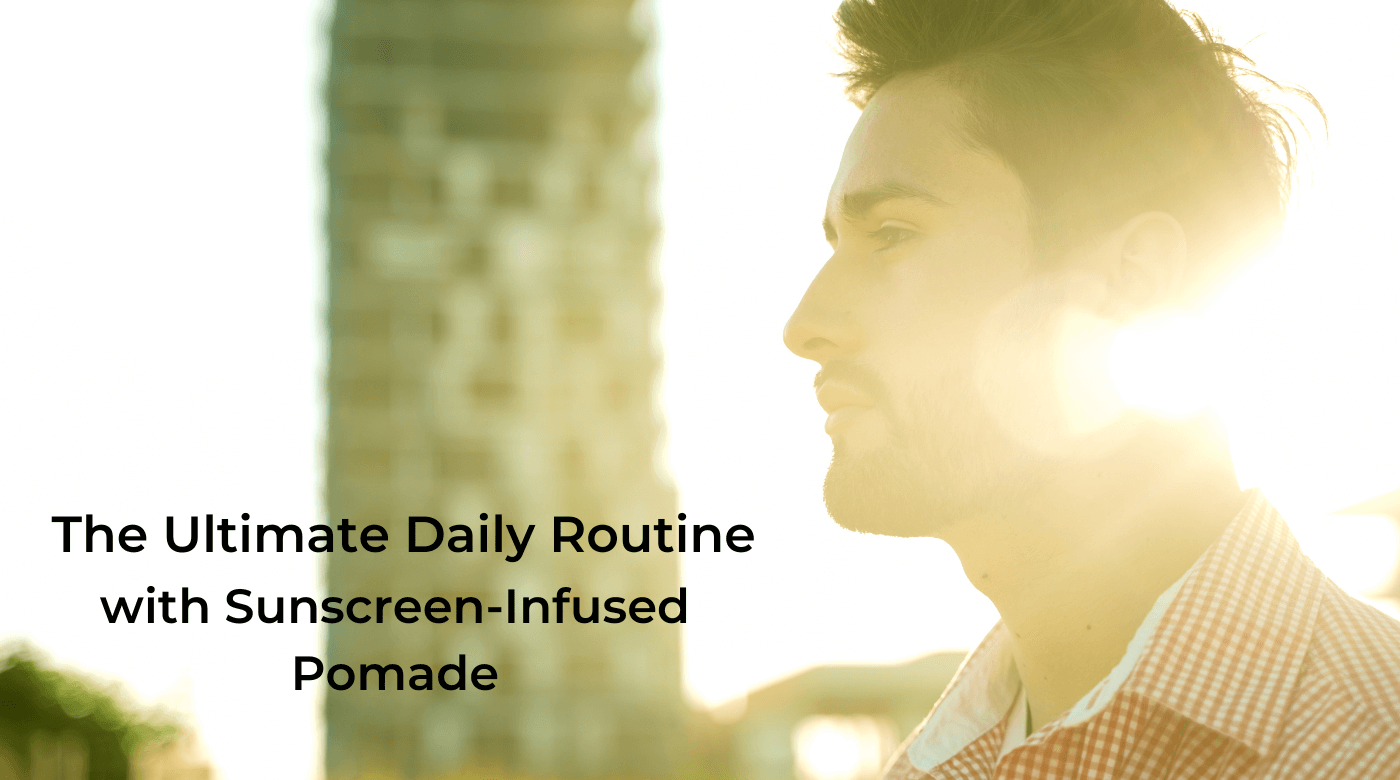Sun Protection Factor (SPF) is important to consider when selecting a sunscreen product. It measures how effectively sunscreen protects your skin from harmful ultraviolet (UV) radiation from the sun. In this article, we will go over what SPF numbers mean to an individual, how the FDA regulates sunscreen, how the FDA generates an SPF number, how to determine if a product is FDA-compliant, and why using sunscreen is essential for your Skin. Additionally, we will discuss how to read the "Drug Facts" panel on sunscreen products and why it's crucial information.
The Sun Protection Factor (SPF) assigned to a sunscreen product is a comparative measure of the level of protection it provides against ultraviolet (UV) radiation from the sun. The SPF number indicates the amount of time an individual can spend in the sun before experiencing sunburn, this can be affected by various factors such as geographical location, weather, time of day, and skin type. SPF serves as a relative measure to assist consumers in comparing the effectiveness of different sunscreens in terms of sunburn protection. For instance, a sunscreen with an SPF 30 will offer more robust sunburn protection than one with an SPF 15. This makes choosing a sunscreen with an appropriate SPF a critical factor in protecting the Skin from the harmful effects of UV radiation and reducing the risk of skin damage.

How the FDA regulates sunscreen and why The Food and Drug Administration (FDA) oversees the safety and effectiveness of sunscreens. The FDA sets standards for the highest SPF number that can display on a product, which is currently SPF 50+. It also sets guidelines for labeling and testing sunscreens to ensure consumers have accurate information about the product they're using.
The FDA's regulations are crucial because they help to ensure that sunscreen products are safe and effective in protecting the Skin from UV radiation. This helps reduce the risk of skin cancer and other skin damage caused by UV exposure.
The FDA requires sunscreens to undergo testing to determine their SPF number. This process involves exposing a panel of human subjects to UV radiation and measuring the amount of UV radiation that reaches the Skin after the sunscreen has been applied. The SPF number is calculated based on the time it takes for the protected Skin to turn red compared to when unprotected Skin starts to turn red. See below for the technical calculation.
SPF is calculated by the equation:
MEDp ( Protected Skin ) / MEDu (Unprotected Skin) = SPFi (calculated to one decimal place).
The SPFi values from an initial panel of the first 10 test subjects are sequentially evaluated in order to determine a provisional mean Sun Protection Factor (SPFn1).

The FDA also mandates additional tests to verify that sunscreens are safe and effective. These tests include stability testing to ensure that the product remains effective over time and photostability testing to ensure the product remains effective after exposure to UV radiation.
The "Drug Facts" panel on a sunscreen product provides important information about the product's ingredients, usage, and warnings. It includes information such as the active ingredients, purpose, warnings, and directions for use. Reading the "Drug Facts" panel can help you make informed decisions about the products you use and ensure that you use them correctly and safely.
In conclusion, using sunscreen with an appropriate SPF number is essential in protecting your skin from the harmful effects of UV radiation. The FDA regulates sunscreen products to ensure they are safe and effective and provides guidelines for testing and labeling to provide consumers with accurate information. Understanding the SPF number and reading the "Drug Facts" panel can help individuals make informed decisions about the sunscreens they use. Regular use of sunscreen can help reduce the risk of skin cancer and other skin damage caused by UV exposure, making it a crucial part of any skincare routine. So, choose a sunscreen that fits your skin type and has the appropriate SPF number to protect your skin from the sun's harmful rays.
Sol Style Pomade with UV Protection SPF 33

$12.00
A professional pomade with the benefit of UV protection. Classic styling, medium hold, and a lightweight feel. Smooth, flexible, moisturizing, and rinses out clean. Made in the USA, Paraben-Free and Free Shipping.… read more




